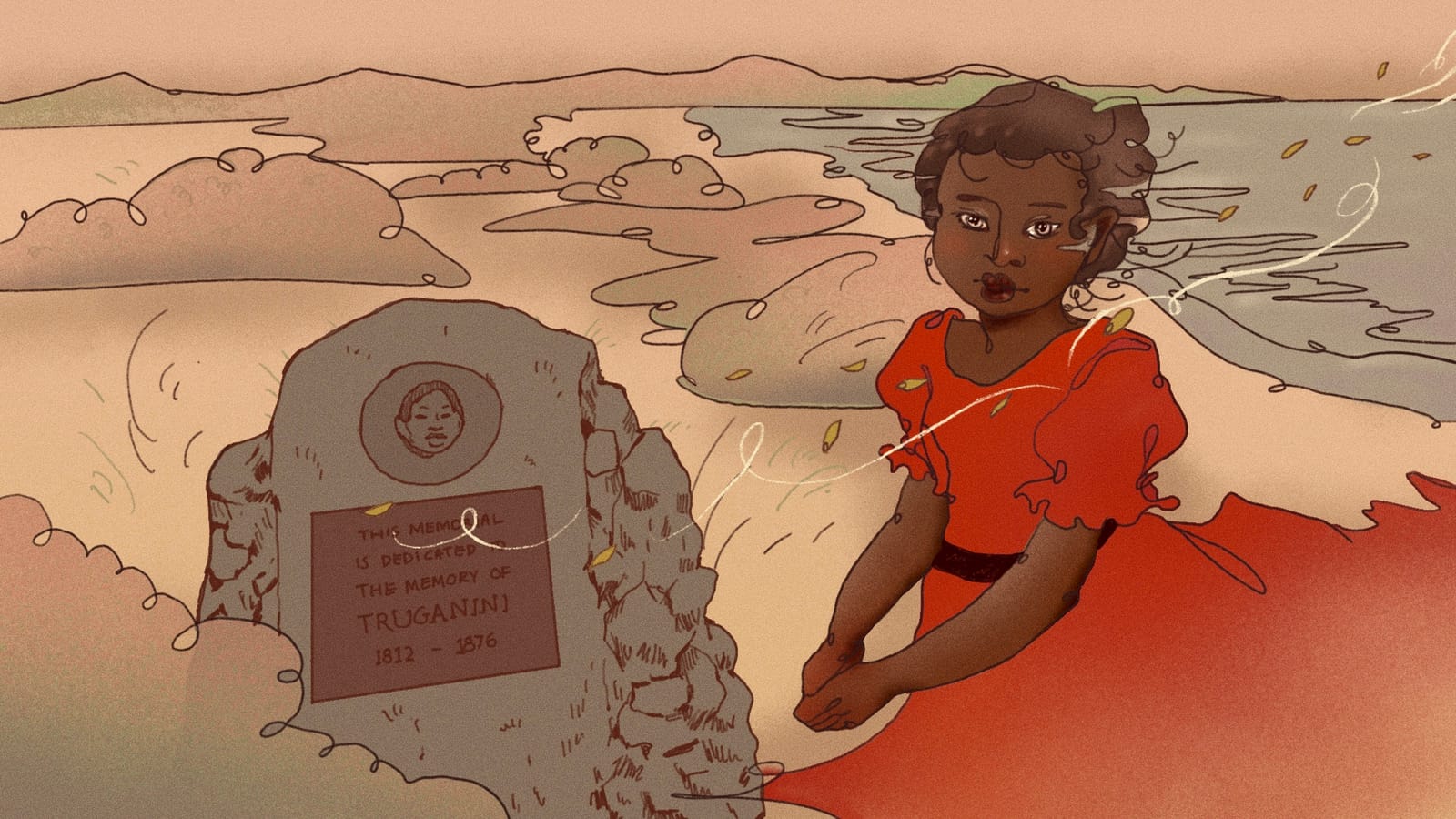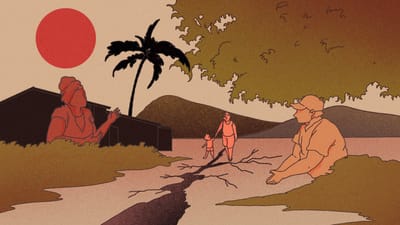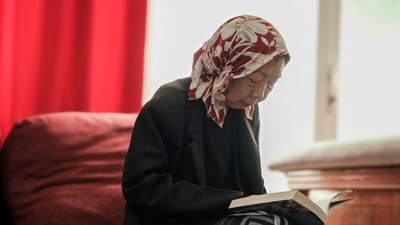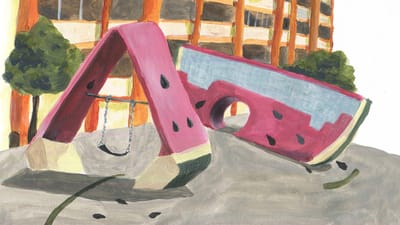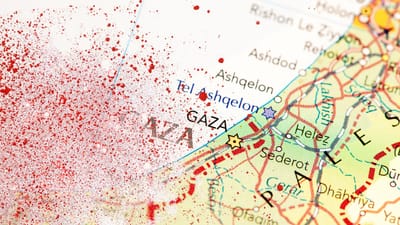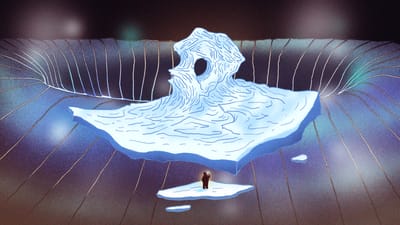Two cities await visitors to Hobart, Tasmania’s capital. One reflects its colonial past, with Georgian-era buildings and leafy squares flanking streets that run down to piers, where from the early 1800s ships bearing British convicts and settlers docked, and from which intrepid explorers departed for Antarctica. From Singapore to Sydney, the vestiges of British imperialism are strikingly similar.
The other place is nipaluna, the Aboriginal name of the land on which Hobart sits. Its history runs deep, yet it is all but invisible to the casual eye. A visitor might stroll through Franklin Square and see a statue of John Franklin, lieutenant-governor of what was then called Van Diemen’s Land. But there is no sign of Mathinna, the Aboriginal child who was taken from her parents as a baby and “adopted” by the Franklins when she was five with the goal of “civilising” her, only to be abandoned four years later. Dispossessed of her Aboriginal identity and rejected by White society, she died around the age of 17.
I found Mathinna through the words of Nunami Sculthorpe-Green, who is descended from palawa (Aboriginal Tasmanian) and Warlpiri people. Her voice piped into my ears via a headset as she guided some 30 of us through the city centre, sharing the stories—or rather, truths—of her ancestors’ dispossession and resistance.
Under the spell of her words, nipaluna began to punctuate Hobart’s placid streetscapes. Elizabeth Street, damp and chilly on a winter’s evening, is transformed into a dusty road on a hot summer’s day in 1832. A group of 40 Aboriginal resistance fighters is walking towards us, on their way to negotiate a truce with the governor after about a decade of fighting British expansion into Tasmania, in a long and bloody guerrilla war known as the Black War.
“I really wanted to change the way people look at Aboriginal history and how they see these colonial cities,” Sculthorpe-Green told the host of “Great Australian Walks” last year. “You can see it’s pretty hard to imagine that there are any Aboriginal stories here, and I wanted to change that by reminding people that Aboriginal stories are everywhere.”
Atrocities on an epic scale—entire Aboriginal bloodlines wiped out by disease and violence, lands and languages lost to future generations, grave robbers who stole the remains of palawa for private collectors and museums—unfurl under Sculthorpe-Green’s artful telling. So too do the minutiae of everyday life. As we cross a thoroughfare teeming with rush-hour traffic, Sculthorpe-Green points out that resistance leader Truganini, whose death in 1876 gave life to the myth that palawa had become extinct, used to walk her dogs on the same street. I began to see and think of Hobart as nipaluna Hobart, a conjoined name used by some, reflecting a connection I had not understood until then.
A 90-minute walk can reveal untold truths and correct historical inaccuracies, but it cannot alter the course of history. Assured by the British that their lands would be eventually returned to them if they laid down arms, some 200 Aboriginal Tasmanians did. But this “truce” turned out to be treachery. The British exiled all of them to Flinders Island, which effectively functioned as a death camp. Diseases decimated their numbers until they successfully petitioned to be allowed to return to mainland Tasmania in 1847. The British sent the 47 who’d survived to a former penal colony in Oyster Cove, south of nipaluna. All living palawa today, including Sculthorpe-Green, are their descendants.
“Forgetting—I would even go so far as to say historical error—is the crucial factor in the creation of a nation.” Ernest Renan, historian, in an 1882 lecture
